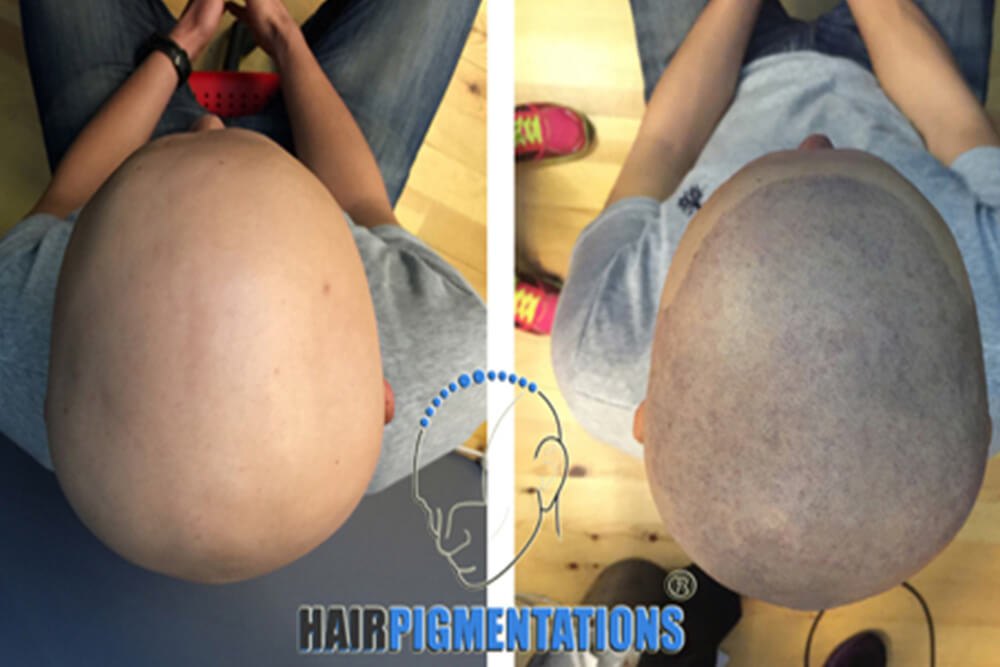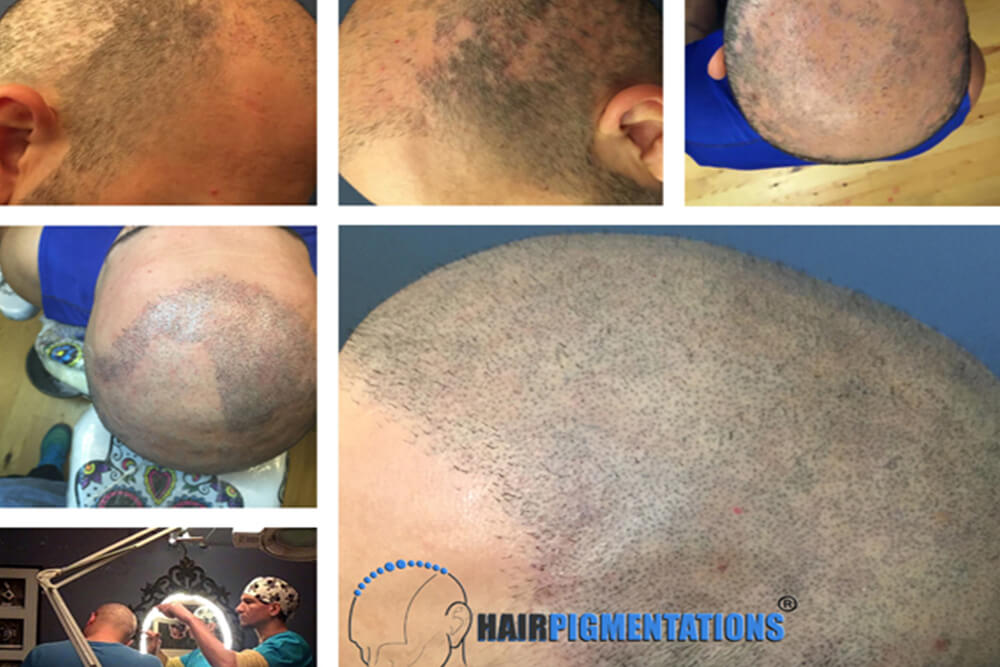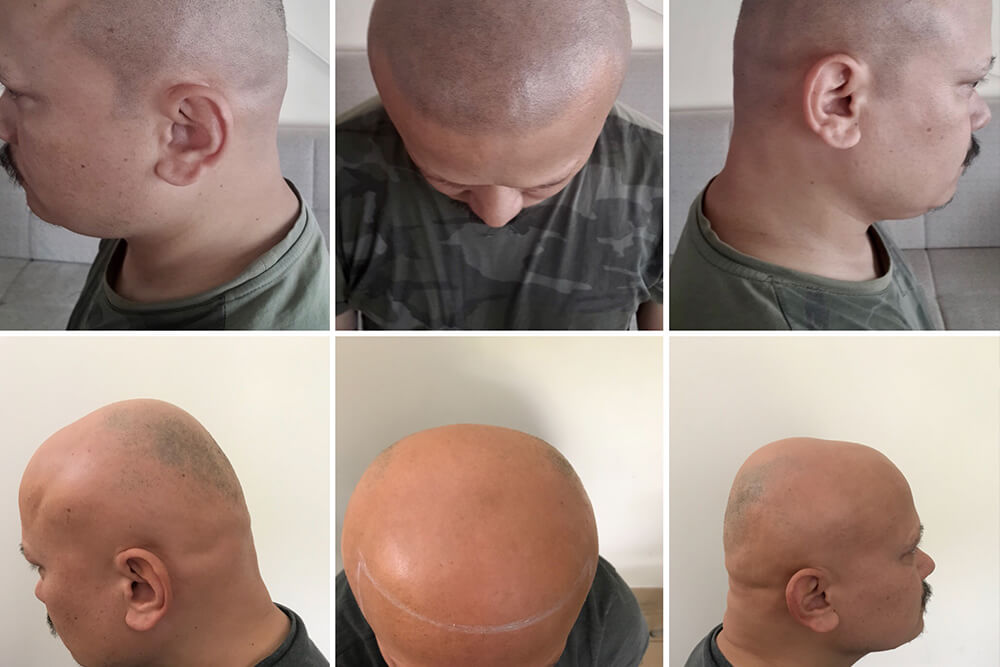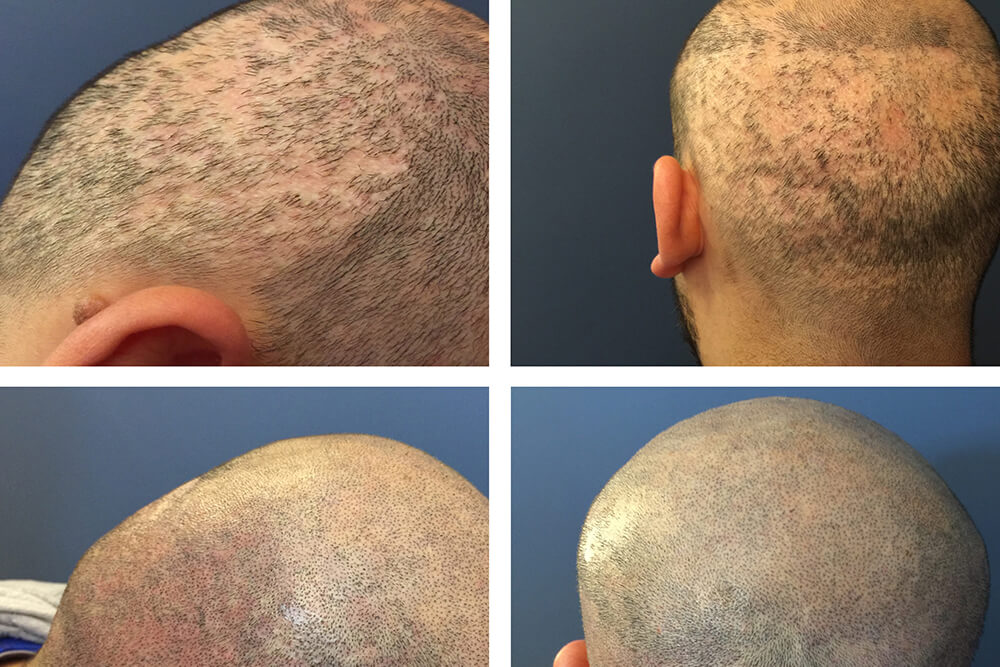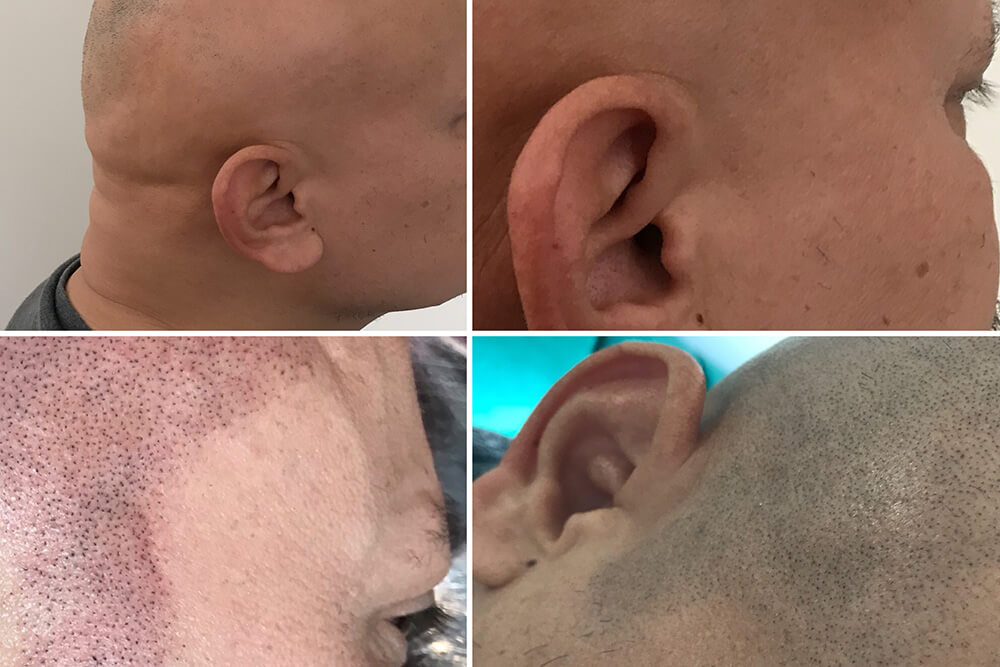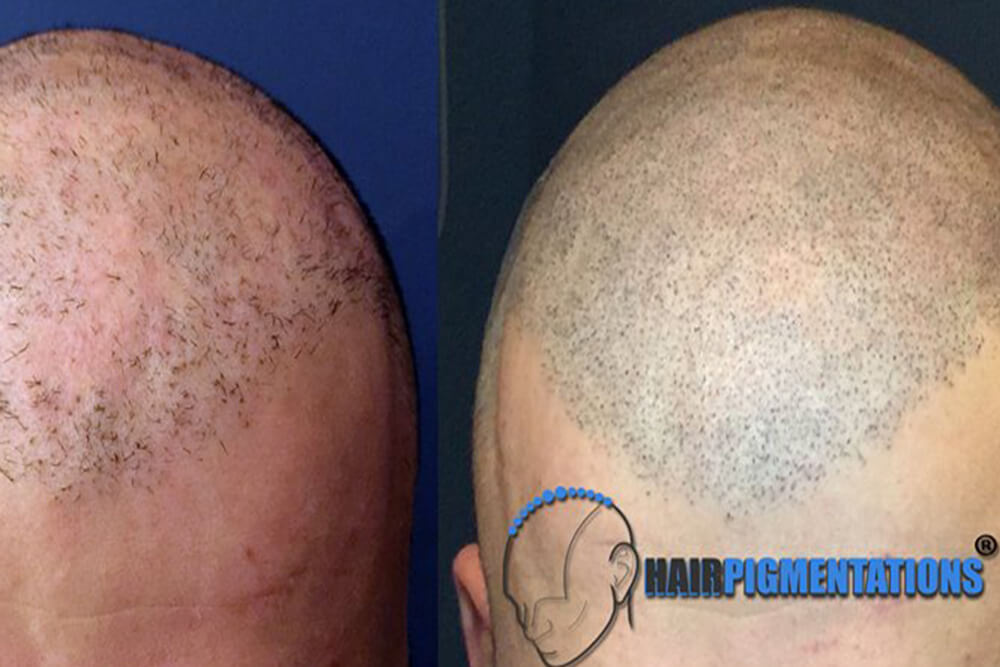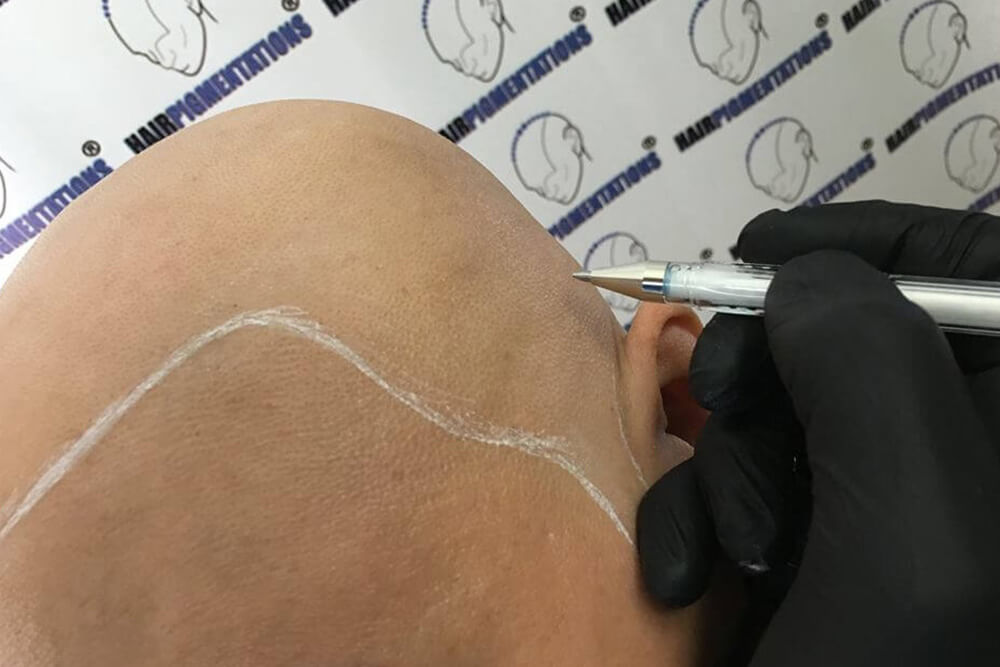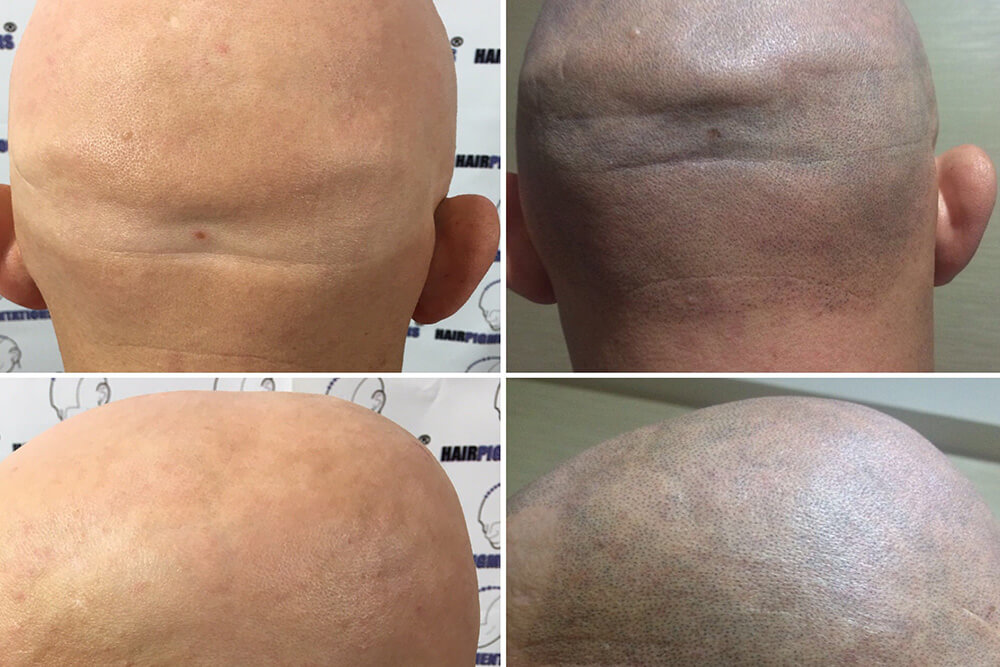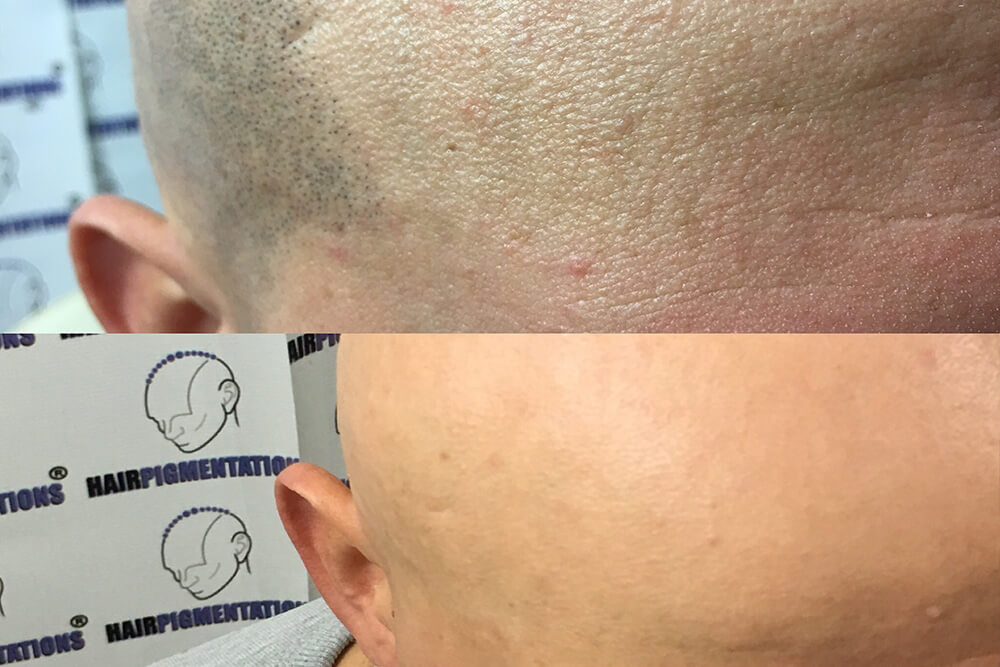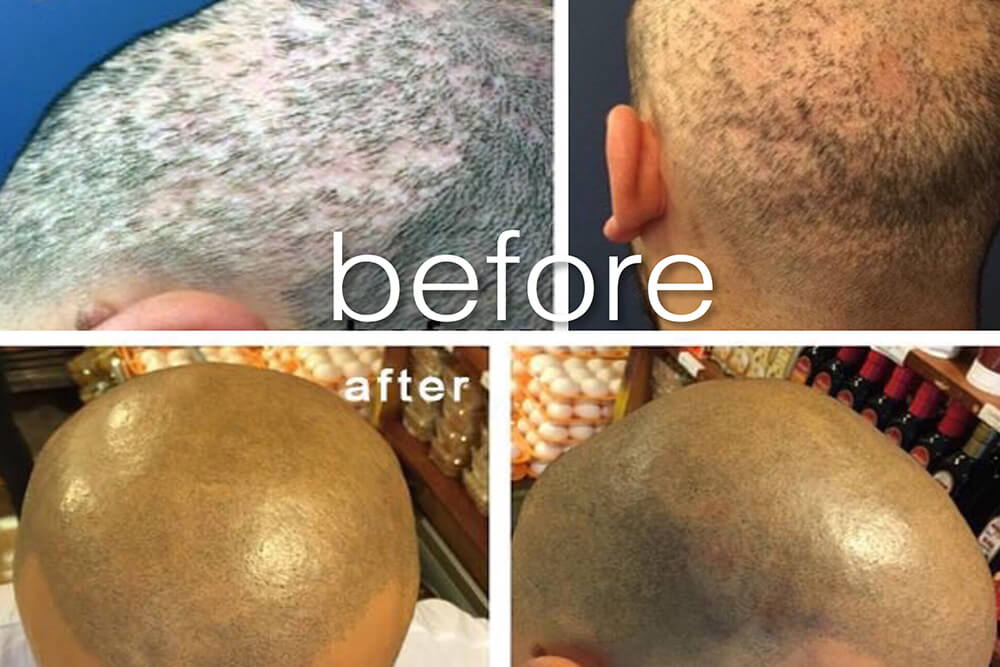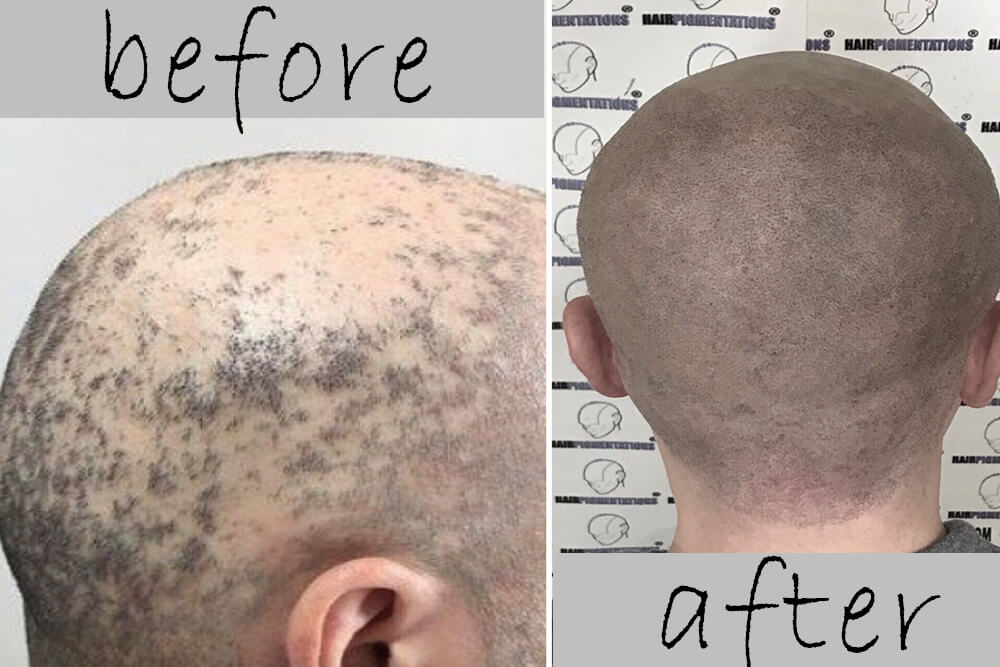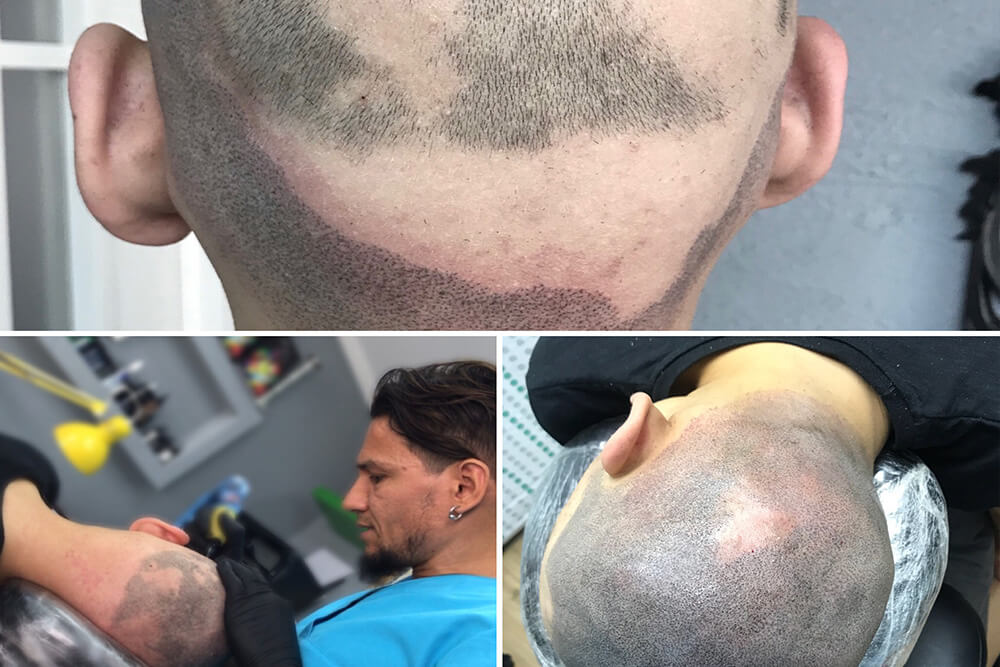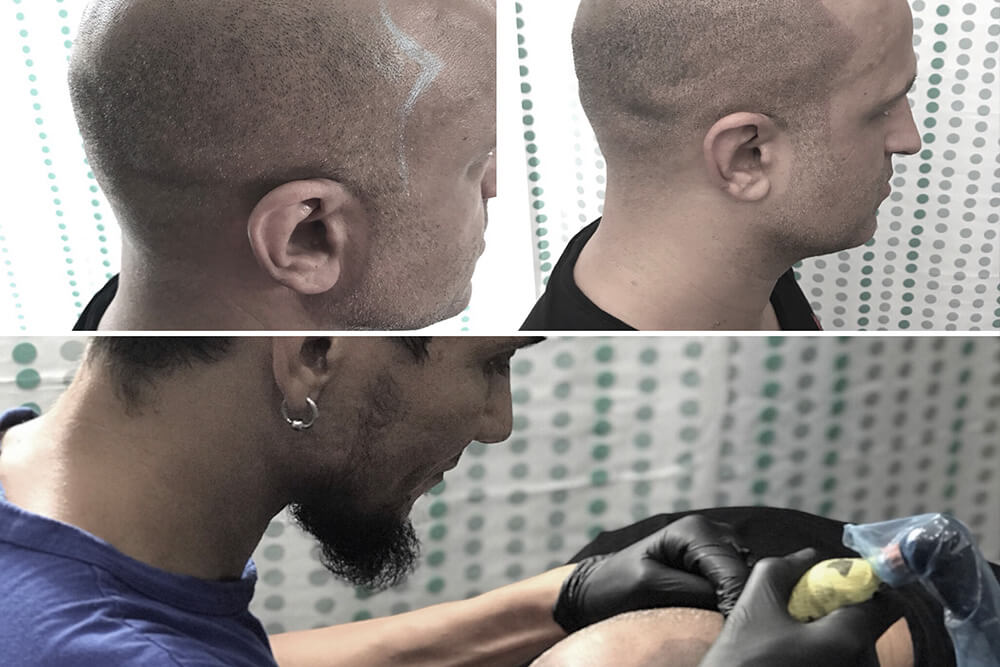What is alopecia areata?
Alopecia areata is an autoimmune disorder, which can be seen in more than one family member and other autoimmune diseases like pernicious anaemia or vitiligo might be present in history of such a family.
- Is alopecia areata contagious?
No, alopecia areata is not contagious.
- What are the causes of alopecia areata?
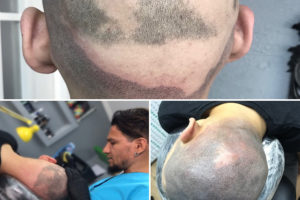 There is no relation between alopecia areata and nutrition or food-intake. Likewise other health problems, alopecia areata may occur after a stressful life event, but it’s not valid in all the cases.
There is no relation between alopecia areata and nutrition or food-intake. Likewise other health problems, alopecia areata may occur after a stressful life event, but it’s not valid in all the cases.
- What are the signs and symptoms for alopecia areata?
Because of the fact that there exists no significant signs, usually a hairdresser/barber notice Alopecia areata.
Alopecia areata is not usually the barbers do notice the disorder. Hair stop growing and begin
to fall out often in clumps.
There are three stages of Alopecia areata:
- Sudden hair loss
- Enlargement of the patches of hair loss
- Regrowth of hair, often in grey or white shades
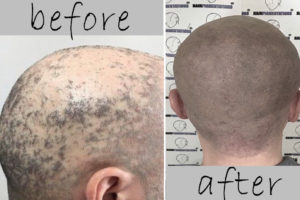 This may take months, or even years. Hair can grow back and fall out again at any time; the course of Alopecia Areata is different for each person.
This may take months, or even years. Hair can grow back and fall out again at any time; the course of Alopecia Areata is different for each person.
- Will I lose all my hair?
In 5 % of people suffering from this disorder, Alopecia presents itself as total loss of hair on the scalp. This is a condition known as “Alopecia Totalis”. In other form, which is the rarest form of the disorder, loss of hair over the entire scalp and body may occur. This condition is named as Alopecia universalis.
- How will Alopecia Areata affect my daily life?
Alopecia Areata won’t cause a physical disturbance. However, emotionally, this disease can be hallenging, especially for those with extensive hair loss.
- What is the treatment for Alopecia Areata?
Unfortunately, at present, there is no cure for alopecia areata. At his point, instead of treatments with medication that may have other side effects which can be harmful, we offer scalp micro pigmentation to the patients suffering this disorder.
Alopecia is a medical term for “hair loss”. Alopecia areata is a condition, where hair falls out in small, round patches about the size of a quarter. It comes in a number of different forms and rarely, it may cause total loss of all hair on the body. Alopecia areata is considered to be an autoimmune disease, in which the immune system that is designed to protect the body from foreign invaders such as viruses and bacteria, mistakenly attacks the hair follicles, the structures from which hairs grow.
Alopecia areata affects both sexes. Alopecia areata can occur at any age but most cases first develop in teenagers and children. Alopecia areata most often affects the scalp, however, elsewhere such as the beard, eyebrows, eyelashes, body and limbs can be affected. It can affect anyone, but for people with a close family member with the disease, the risk of developing it is slightly increased. It is possible for alopecia areata to be inherited, but it is not contagious.
The causes of alopecia areata
It was stated that alopecia areata is caused by an abnormality in the immune system, however, scientists do not know exactly why the body’s own immune system attacks the hair follicles and disrupts normal hair formation. The You may find some causes for developing alopecia areata:
Genes: It is thought that there is a genetic predisposition to alopecia areata. Some factors like viruses, environmental factors or stress might trigger this disorder. The chances for developing this disorder are slightly higher for those who have family members who have this condition. Alopecia areata often occurs in people whose family members have other autoimmune diseases, such as diabetes, rheumatoid arthritis, thyroid disease, and systemic lupus erythematosus. People who have alopecia areata do not usually have other autoimmune diseases, but they do have a higher occurrence of asthma, atopic eczema, hay fever, andanaemia and thyroid disease.
Immune system: The immune system is designed to protect the body against disease. Inalopecia areata, immune system cells called white blood cells attack the rapidly growing cellsin the hair follicles. The affected hair follicles become small and drastically slow down hairproduction. Fortunately, the stem cells that continuously supply the follicle with new cells donot seem to be targeted. So the follicle always has the potential to regrow hair.
Stress: Several psychological problems like sadness, stress or depression have been linked tosuppression of the immune system of the body. This is why people develop alopecia areataduring or after a period of psychic trauma or stressful events. That means, stressful life eventsmay act as a trigger in the onset and/or exacerbation of the disease, because the immunesystem is suppressed. For example, it’s very likely that children during exam periods orpeople going through harsh divorces might develop alopecia areata.
- Will My Hair Ever Grow Back?
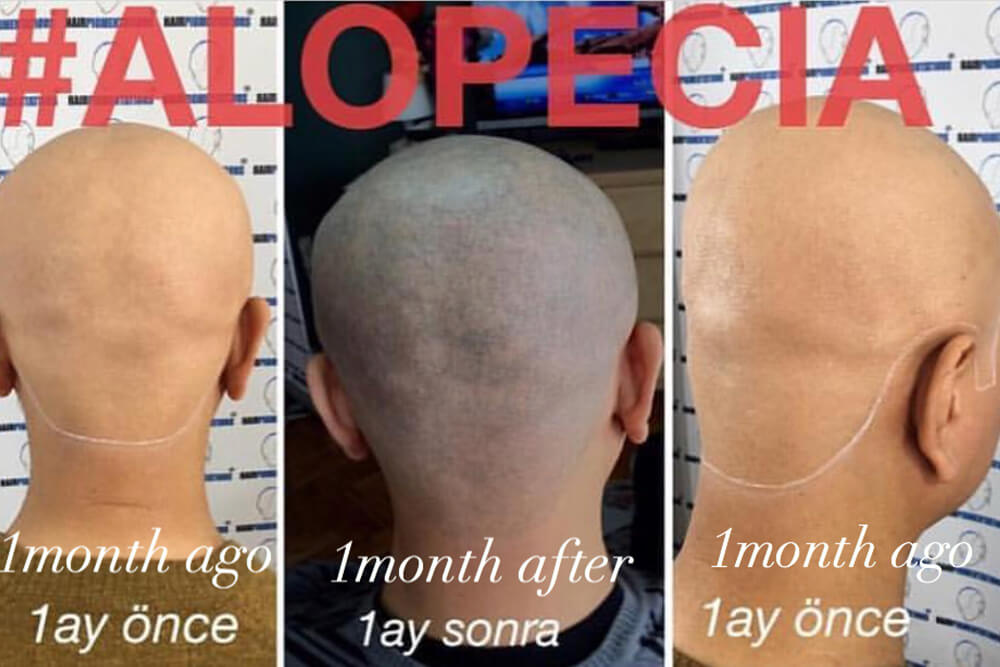 The regrowth of hair after alopecia areata remains as one of the most important questions. Butunfortunately, it’s difficult to answer such a question, because the course of the disease variesfrom person to person.
The regrowth of hair after alopecia areata remains as one of the most important questions. Butunfortunately, it’s difficult to answer such a question, because the course of the disease variesfrom person to person.
There is very chance that your hair will regrow, but it may also fallout again. No one can predict when it might regrow or fall out. Some people lose just a fewpatches of hair, then the hair regrows, and the condition never recurs. Other people continueto lose and regrow hair for many years.
A few lose all the hair on the scalp; some lose all thehair on the scalp, face, and body. Even in those who lose all their hair, the possibility for fullregrowth remains.Many people suffer a single episode of alopecia and never have the problem again, whereasothers will have regular episodes throughout their lives. Hair regrowth is common withalopecia areata, however, in some cases the hair grows back white or grey.
After a few years,it is possible that the hair will return to its normal colour. It is also possible that hair growback in its normal and texture. The course of alopecia areata is highly unpredictable because itvaries from person to person.
There is neither a cure for alopecia areata nor drugs approved for its treatment, however,some medications can help regrowth of hair, at least temporarily. We recommend scalpmicropigmentation to people suffering from alopecia areata. While some people suffer onlyone single episode of alopecia areata, others might have regular episodes.
The comforting news is that alopecia areata is not a painful disorder and does not makepeople feel sick physically. It is not contagious, and people who have this disorder aregenerally healthy otherwise. It does not reduce life expectancy and it should not interferewith going to school, playing sports and exercising, pursuing any career, working, marrying,and raising a family.
The emotional aspects of disorder, due to hair loss, however, can bechallenging. Living with alopecia areata can be stressing for many patients, they can bedepressed by their appearance.Alopecia is a medical term for “hair loss”. Alopecia areata is a condition, where hair falls outin small, round patches about the size of a quarter.
It comes in a number of different formsand rarely, it may cause total loss of all hair on the body. Alopecia areata is considered tobe an autoimmune disease, in which the immune system that is designed to protect the bodyfrom foreign invaders such as viruses and bacteria, mistakenly attacks the hair follicles, thestructures from which hairs grow.
Alopecia areata affects both sexes. Alopecia areata can occur at any age but most cases firstdevelop in teenagers and children. Alopecia areata most often affects the scalp, however,elsewhere such as the beard, eyebrows, eyelashes, body and limbs can be affected. It canaffect anyone, but for people with a close family member with the disease, the risk ofdeveloping it is slightly increased.


